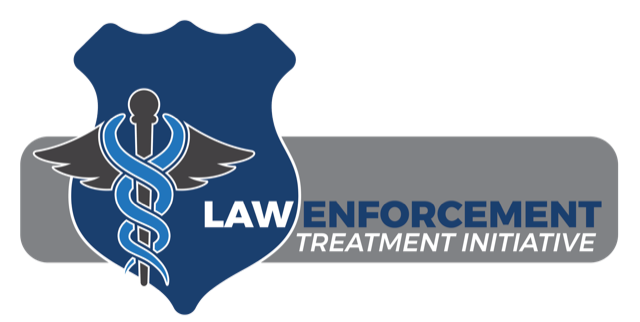By Samantha Bambino
It’s no secret that Bucks County continues to battle the seemingly endless opioid epidemic. But many aren’t aware that the situation is shifting to a full-blown drug epidemic, with the use of psycho-stimulants like methamphetamine and cocaine on the rise.
According to Bill Wilson, chief program officer at Gaudenzia Lower Bucks, meth has been a problem in the midwest for some time.
“It never hit the east coast the way we thought it would,” he said. “It never did until now.”
In order to help stimulant addicts at Gaudenzia get clean and stay clean, the Bristol-based addiction treatment center recently implemented the Matrix Model, which has been proven effective elsewhere. Gaudenzia was able to do so thanks to a $10,000 grant from TODAY Inc., secured by the Bucks County Drug & Alcohol Commission.
The Matrix Model, developed by California-based treatment center CLARE MATRIX, is unique because it centers on relapse prevention rather than structure. To date, it has been used in the treatment of more than 6,000 cocaine and 2,500 methamphetamine users nationwide. Wilson said it’s the only manualized, curriculum-based, lesson-planned treatment program that has been recognized as an evidence-based practice by the Substance Abuse and Mental Health Services Administration.
“You can have a program with a set breakfast time, medication time, dinner, support group,” said Wilson. “That structure is important. But when programs focus more on structure than content, if I’m not doing something that’s evidence-based within the content of those structural blocks, no matter how structured my program is, I’m not going to get the same outcome.”
Gaudenzia clients typically stay for about 30 days. During that time, those within the Matrix Model become armed with sets of recovery and relapse prevention skills. There’s also options to participate in family integration sessions, support network sessions and individual counseling.
While the Matrix Model was originally designed to treat users of all drugs, studies show that people who use stimulants as their primary drug of choice have slightly better outcomes under the model.
“This model really focuses a lot on relapse prevention, getting to the core of why you’re using in a good amount of time,” said Lea Harvey, program director at Gaudenzia Lower Bucks. “When the individual leaves treatment, they understand their disease, they understand how they got here. We’re giving them more skills, information and tools in their toolbelt to go out and fight triggers, urges and relapse.”
Stimulant use grew in Bucks County during the COVID-19 pandemic, accounting for nearly 20 percent of Gaudenzia Lower Bucks’ client population at the end of the 2020 fiscal year. In general, Bucks County had an increase in overdoses following a two-year decrease. Wilson praised the Bucks County Drug & Alcohol Commission for being proactive in seeking a solution.
“The distress and unpredictability of a pandemic can certainly lead to increased substance use,” said Diane Rosati, executive director of the Bucks County Drug & Alcohol Commission. “There can be many reasons behind the increase in substance use, including isolation, unemployment, access to substances. Even unexpected revenue such as unemployment or stimulus payments can be a trigger, especially for people who are new to recovery. Increased relapse, or reoccurrence of drug use, is a concerning trend that we are monitoring.”
Opioid and stimulant addiction have drastically different origins. While the opioid epidemic started with prescribers overprescribing narcotics and kids sneaking into parents’ medicine cabinets, the rise in stimulant use occurred when drugs became increasingly easy to self-manufacture.
“You can go to Amazon and you can order a pill press. The drug dealer can go and mix drugs in their kitchen sink,” said Harvey. “They’re doing it in so many various ways, that eventually the addict will just want that alone.”
“We’re not prescribing our way out of this problem,” added Wilson. “The solution has to be very different and very creative compared to what we’ve been accustomed to in terms of combating the opioid epidemic.”
Visit gaudenzia.org for more information. Those seeking help can call Gaudenzia’s 24/7 Treatment and Recovery Hotline at 833-976-HELP.






